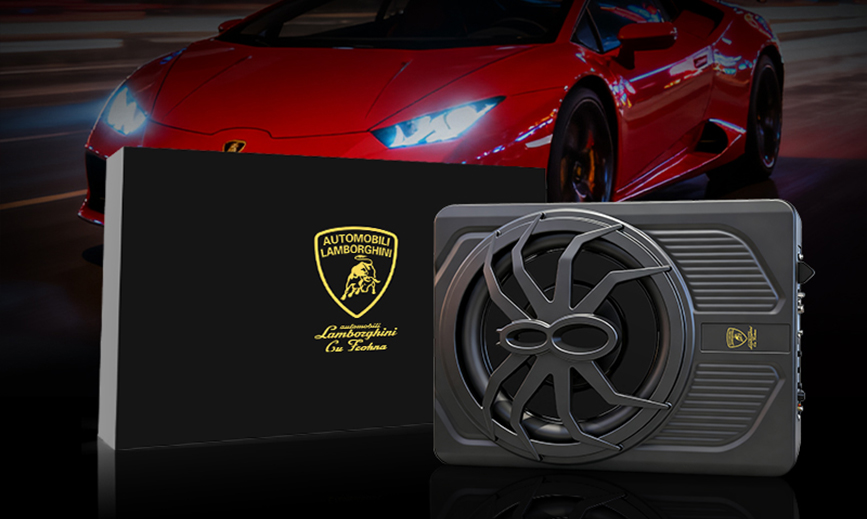From simple instrument clusters to today's continuous cockpit-spanning screens, automotive displays have become the "new face" of smart cars. As vehicles evolve from mechanical to electronic platforms, display systems have transformed from basic information interfaces into the core interaction hub of smart cockpits. This analysis examines this high-growth sector through customs data, industry reports, and emerging technologies.
Market Overview: Global Expansion Led by China
The automotive display industry is experiencing unprecedented growth. According to Sigmaintell, global automotive display panel shipments reached 230 million units in 2024, representing 8.5% year-over-year growth. Projections for 2025 indicate sustained expansion at 5.4%, reaching 250 million units.
The Chinese market demonstrates particularly strong performance. China Report Hall data shows the Chinese automotive display market is expected to reach ¥120.83 billion by 2025, driven primarily by NEV adoption and smart connectivity technologies.
Global Automotive Display Panel Shipment Trends
| Year | Shipments (Million Units) | YoY Growth |
|---|---|---|
| 2024 | 230 | 8.5% |
| 2025 (Forecast) | 250 | 5.4% |
Competitive Landscape: Chinese Manufacturers Dominate
The global competitive structure shifted significantly in 2024, with Chinese panel manufacturers capturing 51.7% of global market share – exceeding half of worldwide shipments for the first time.
2024 Global Automotive Display Panel Competitive Landscape
| Rank | Manufacturer | Shipments (Million Units) | Market Share |
|---|---|---|---|
| 1 | BOE | 40.9 | 17.6% |
| 2 | Tianma | 36.9 | 15.9% |
| 3 | AUO | 24.4 | 10.0% |
| 4 | JDI | 19.7 | 8.5% |
| 5 | LGD | 18.7 | 8.0% |
Customs data under HS code 8708.2990 (covering central control displays, full LCD instrument panels) confirms China's dual role as both the largest global producer and a significant consumer market.
Technology Development: Diversified Innovation
Display technologies are evolving along multiple parallel paths:
1. Display Technology Comparison
2. Product Form Innovation
-
Special-shaped Screens: Voyah Zhiyin features 15.05-inch OLED curved sliding screen
-
Flexible Displays: Hongqi Guoya incorporates 14.2-inch "traditional-style flexible scroll screen"
-
Multi-screen Systems: BYD Xia uses LCD instrument + 15.6" rotating center + 12.3" co-pilot displays
3. Emerging Display Technologies
Head-up display (HUD) technology is rapidly advancing, particularly PHUD (Panoramic HUD). BMW and Xiaomi have implemented systems using special windshield coatings for pillar-to-pillar wide viewing angles.
Policy Support and Market Outlook
Chinese government support for intelligent connected vehicles continues to strengthen (2023-2024):
-
Approval of L3 and higher autonomous driving commercialization
-
Designation of 20 cities for "vehicle-road-cloud integration" pilot projects
These policies create new opportunities throughout the display supply chain. As smart cockpit functionalities advance, displays are evolving from simple components into integrated platforms for interaction, entertainment, and productivity.
Future Trends
Three key trends will shape the industry's future:
-
AI Integration: Li Auto, Geely, and Great Wall are implementing AI large models in vehicle systems
-
Multi-screen Collaboration: BYD Xia enables triple-screen audio-visual synchronization
-
Next-gen Display Commercialization: 3D AR-HUD and holographic technologies approaching mass production (2-3 year timeline)
Conclusion
The automotive display industry has established itself as a core sector in vehicle intelligence transformation. Chinese manufacturers have secured global leadership with over 50% market share. Through technological diversification, product innovation, and AI integration, automotive displays are evolving from simple information windows into central interaction hubs – redefining human-vehicle interaction in this billion-dollar "gold rush" sector.





